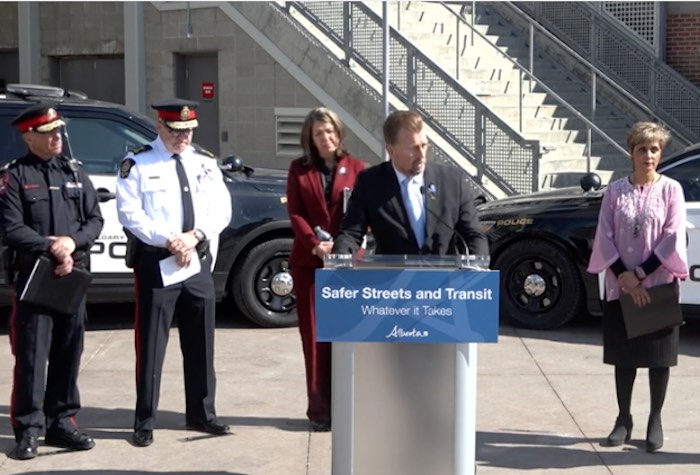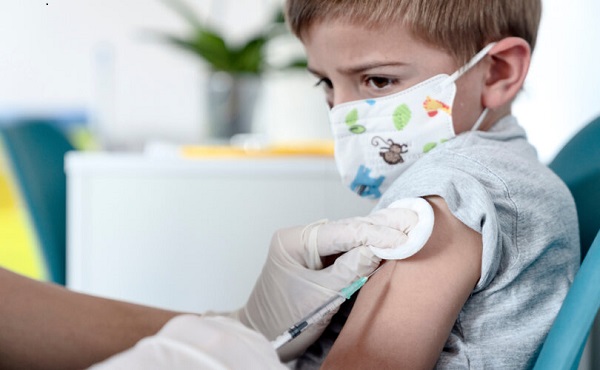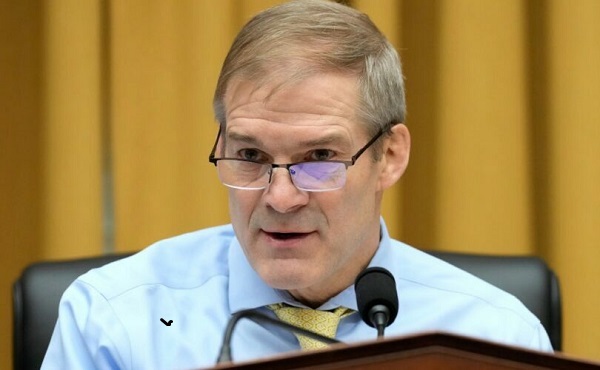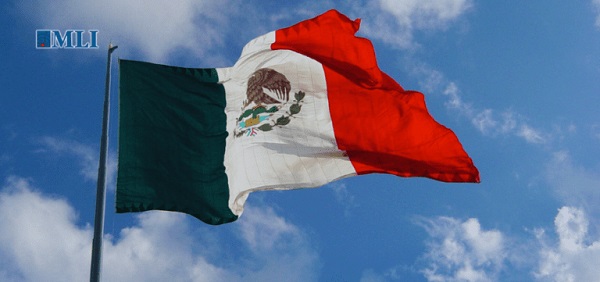Alberta
Transit safety and violent crime: Enough is enough

Alberta’s government is taking action to restore order and improve public safety in response to increasing crime and disorder in the province’s big cities.
In both Edmonton and Calgary, criminal activity is on the rise. Between July 2022 and January 2023, Edmonton’s LRT and transit centres experienced an increase in violent criminal incidents of 75 per cent. In Calgary, overall criminal occurrences at LRT stations increased 46 per cent between 2021 and 2022.
Premier Danielle Smith has directed Public Safety and Emergency Services Minister Mike Ellis to work with his cabinet colleagues to develop a plan to hire 100 more street-level police officers over the next 18 months to increase the visible law enforcement presence and tackle criminal activity in high-crime locations in Calgary and Edmonton.
“Safety on public streets is never negotiable. We can address root causes like mental health and addiction at the same time, but we will not compromise on security for all Calgarians and Edmontonians. This starts with the federal government reforming its broken catch-and-release bail system and includes us working with cities and police services to fight back against criminals.”
In addition to increasing the number of street-level police officers on city streets, Alberta’s government is encouraging the City of Calgary and the City of Edmonton to transfer command and control of transit peace officers to the Calgary and Edmonton police services. This transfer would enable the police to better lead a coordinated and strategic response to the increase in violent crime on public transit.
“Enough is enough – the rising crime levels in Edmonton and Calgary are unacceptable. Albertans have a right to use public transit and walk the streets without fear. We are working with our partners to develop a clear plan to take our cities back from those who seek to cause harm.”
Improving public safety on the cities’ transit networks also involves stations and vehicles that are clean of drug paraphernalia and debris. Through a new $5-million grant to each city, municipal governments will be able to provide the services needed to keep station platforms and vehicles clean, safe and welcoming for law-abiding Calgarians and Edmontonians.
“The safety and security of our transit systems and downtowns will remain a top priority. No single order of government can solve this issue alone. We will continue to work together by deploying our safety resources in an integrated and collaborative way.”
“We are seeing a significant portion of those who are improperly using transit and other public spaces becoming entrenched, with many displaying resistance to offers for services, as well as reduced cooperation and compliance with authority figures. For those people, consequences will follow.”
Police and crisis teams
As part of building strong recovery-oriented systems of mental health and addiction care, Alberta’s government is investing almost $8 million over three years to increase the number of police and crisis teams (PACT) in Calgary and Edmonton. PACT pairs police constables with mental health therapists from Alberta Health Services to respond to 911 calls where there is a mental health concern. Police and mental health therapists work together to assess a client’s mental health challenge and determine what support is required to keep the individual and the community safe.
“We are taking a fair, firm and compassionate approach to keeping our communities safe while treating mental health and addiction as health-care issues. By working with our partners in the Calgary and Edmonton police services, we can connect people in need with critical mental health services and better address the social issues affecting our two largest cities.”
With this funding, Alberta’s government is adding 12 new PACT partnerships in each city. This will double the number of PACT teams in Calgary, increasing from 12 to 24, and triple them in Edmonton, increasing from six to 18. These partnerships will better support Albertans struggling with mental health challenges while improving public safety for everyone.
“These additional resources will help us to gather what we need to get ahead of the concerning spike in crime and particularly violent crime that we are witnessing in areas like our downtown core and transit stations across Edmonton. The support, not just for police but for PACT, means prioritizing those who need support while ensuring appropriate focus on safety. Centring police as leaders within this work shows a key understanding that we cannot have well-being if we don’t have safety.”
Quick facts
Edmonton crime:
- The average crime severity index in downtown Edmonton has increased 29 per cent, to 116 in December 2022 from 90 in July 2022, driven primary by an increase in serious criminal offences, in particular second-degree murder, assault causing bodily harm with a weapon, robbery and aggravated assault.
- In Edmonton, a person is about twice as likely to be victimized by a stranger at a transit centre than for the city as a whole (70 per cent at LRT transit versus 36 per cent citywide).
Calgary crime:
- Property crime occurrences in Calgary nearly doubled – increasing 95 per cent to 463 in 2022, up from 238 in 2021.
- Total calls for service to Calgary LRT stations increased to 9,317 in 2022, up 39 per cent from 6,706 in 2021.
- Public-generated calls for service to LRT stations increased to 5,012 in 2022, up 20 per cent from 4,160 in 2021.
- Officer-generated calls for service to LRT stations increased to 4,305, up 69 per cent from 2,546 in 2021.
PACT facts:
- Police and crisis teams (PACT) offer mental health assessment, support and/or consultation in crisis situations. Mental health therapists work with police constables to assess mental health needs and determine appropriate action in accordance with the Mental Health Act and the criminal justice system.
Alberta
Alberta mother accuses health agency of trying to vaccinate son against her wishes

From LifeSiteNews
Alberta Health Services has been accused of attempting to vaccinate a child in school against his parent’s wishes.
On November 6, Alberta Health Services staffers visited Edmonton Hardisty School where they reportedly attempted to vaccinate a grade 6 student despite his parents signing a form stating that they did not wish for him to receive the vaccines.
“It is clear they do not prioritize parental rights, and in not doing so, they traumatize students,” the boy’s mother Kerri Findling told the Counter Signal.
During the school visit, AHS planned to vaccinate sixth graders with the HPV and hepatitis B vaccines. Notably, both HPV and hepatitis B are vaccines given to prevent diseases normally transmitted sexually.
Among the chief concerns about the HPV vaccine has been the high number of adverse reactions reported after taking it, including a case where a 16 year-old Australian girl was made infertile due to the vaccine.
Additionally, in 2008, the U.S. Food and Drug Administration received reports of 28 deaths associated with the HPV vaccine. Among the 6,723 adverse reactions reported that year, 142 were deemed life-threatening and 1,061 were considered serious.
Children whose parents had written “refused” on their forms were supposed to return to the classroom when the rest of the class was called into the vaccination area.
However, in this case, Findling alleged that AHS staffers told her son to proceed to the vaccination area, despite seeing that she had written “refused” on his form.
When the boy asked if he could return to the classroom, as he was certain his parents did not intend for him to receive the shots, the staff reportedly said “no.” However, he chose to return to the classroom anyway.
Shortly after, he was called into the office and taken back to the vaccination area. Findling said that her son then left the school building and braved the sub-zero temperatures to call his parents.
Following his parents’ arrival at the school, AHS claimed the incident was a misunderstanding due to a “new hire,” attesting that the mistake would have been caught before their son was vaccinated.
“If a student leaves the vaccination center without receiving the vaccine, it should be up to the parents to get the vaccine at a different time, if they so desire, not the school to enforce vaccination on behalf of AHS,” Findling declared.
Findling’s story comes just a few months after Alberta Premier Danielle Smith promised a new Bill of Rights affirming “God-given” parental authority over children.
A draft version of a forthcoming Alberta Bill of Rights provided to LifeSiteNews includes a provision beefing up parental rights, declaring the “freedom of parents to make informed decisions concerning the health, education, welfare and upbringing of their children.”
Alberta
Alberta’s fiscal update projects budget surplus, but fiscal fortunes could quickly turn

From the Fraser Institute
By Tegan Hill
According to the recent mid-year update tabled Thursday, the Smith government projects a $4.6 billion surplus in 2024/25, up from the $2.9 billion surplus projected just a few months ago. Despite the good news, Premier Smith must reduce spending to avoid budget deficits.
The fiscal update projects resource revenue of $20.3 billion in 2024/25. Today’s relatively high—but very volatile—resource revenue (including oil and gas royalties) is helping finance today’s spending and maintain a balanced budget. But it will not last forever.
For perspective, in just the last decade the Alberta government’s annual resource revenue has been as low as $2.8 billion (2015/16) and as high as $25.2 billion (2022/23).
And while the resource revenue rollercoaster is currently in Alberta’s favor, Finance Minister Nate Horner acknowledges that “risks are on the rise” as oil prices have dropped considerably and forecasters are projecting downward pressure on prices—all of which impacts resource revenue.
In fact, the government’s own estimates show a $1 change in oil prices results in an estimated $630 million revenue swing. So while the Smith government plans to maintain a surplus in 2024/25, a small change in oil prices could quickly plunge Alberta back into deficit. Premier Smith has warned that her government may fall into a budget deficit this fiscal year.
This should come as no surprise. Alberta’s been on the resource revenue rollercoaster for decades. Successive governments have increased spending during the good times of high resource revenue, but failed to rein in spending when resource revenues fell.
Previous research has shown that, in Alberta, a $1 increase in resource revenue is associated with an estimated 56-cent increase in program spending the following fiscal year (on a per-person, inflation-adjusted basis). However, a decline in resource revenue is not similarly associated with a reduction in program spending. This pattern has led to historically high levels of government spending—and budget deficits—even in more recent years.
Consider this: If this fiscal year the Smith government received an average level of resource revenue (based on levels over the last 10 years), it would receive approximately $13,000 per Albertan. Yet the government plans to spend nearly $15,000 per Albertan this fiscal year (after adjusting for inflation). That’s a huge gap of roughly $2,000—and it means the government is continuing to take big risks with the provincial budget.
Of course, if the government falls back into deficit there are implications for everyday Albertans.
When the government runs a deficit, it accumulates debt, which Albertans must pay to service. In 2024/25, the government’s debt interest payments will cost each Albertan nearly $650. That’s largely because, despite running surpluses over the last few years, Albertans are still paying for debt accumulated during the most recent string of deficits from 2008/09 to 2020/21 (excluding 2014/15), which only ended when the government enjoyed an unexpected windfall in resource revenue in 2021/22.
According to Thursday’s mid-year fiscal update, Alberta’s finances continue to be at risk. To avoid deficits, the Smith government should meaningfully reduce spending so that it’s aligned with more reliable, stable levels of revenue.
Author:
-

 Business2 days ago
Business2 days agoCBC’s business model is trapped in a very dark place
-

 Censorship Industrial Complex2 days ago
Censorship Industrial Complex2 days agoCongressional investigation into authors of ‘Disinformation Dozen’ intensifies
-

 Alberta2 days ago
Alberta2 days agoAlberta government announces review of Trudeau’s euthanasia regime
-

 Alberta1 day ago
Alberta1 day agoAlberta fiscal update: second quarter is outstanding, challenges ahead
-

 Business1 day ago
Business1 day agoTrump’s government efficiency department plans to cut $500 Billion in unauthorized expenditures, including funding for Planned Parenthood
-

 Brownstone Institute18 hours ago
Brownstone Institute18 hours agoFirst Amendment Blues
-

 Crime1 day ago
Crime1 day agoMexican cartels are a direct threat to Canada’s public safety, and the future of North American trade
-

 Bruce Dowbiggin2 days ago
Bruce Dowbiggin2 days agoThe Pathetic, Predictable Demise of Echo Journalism






